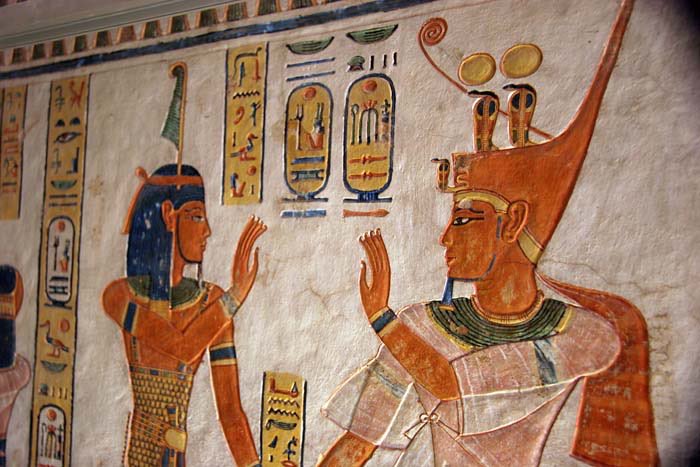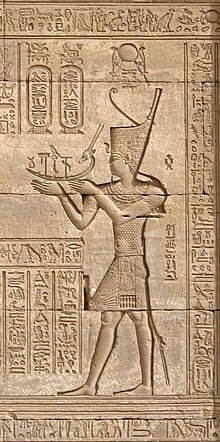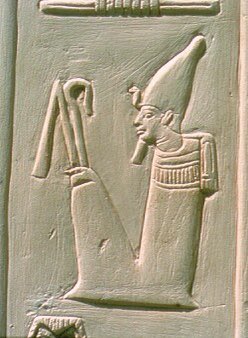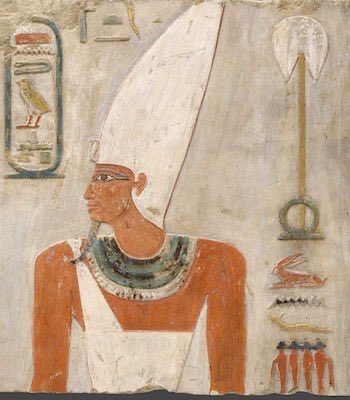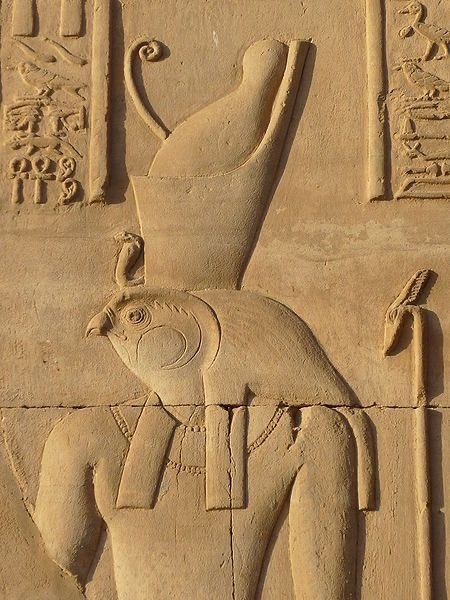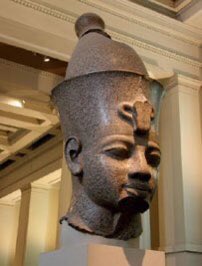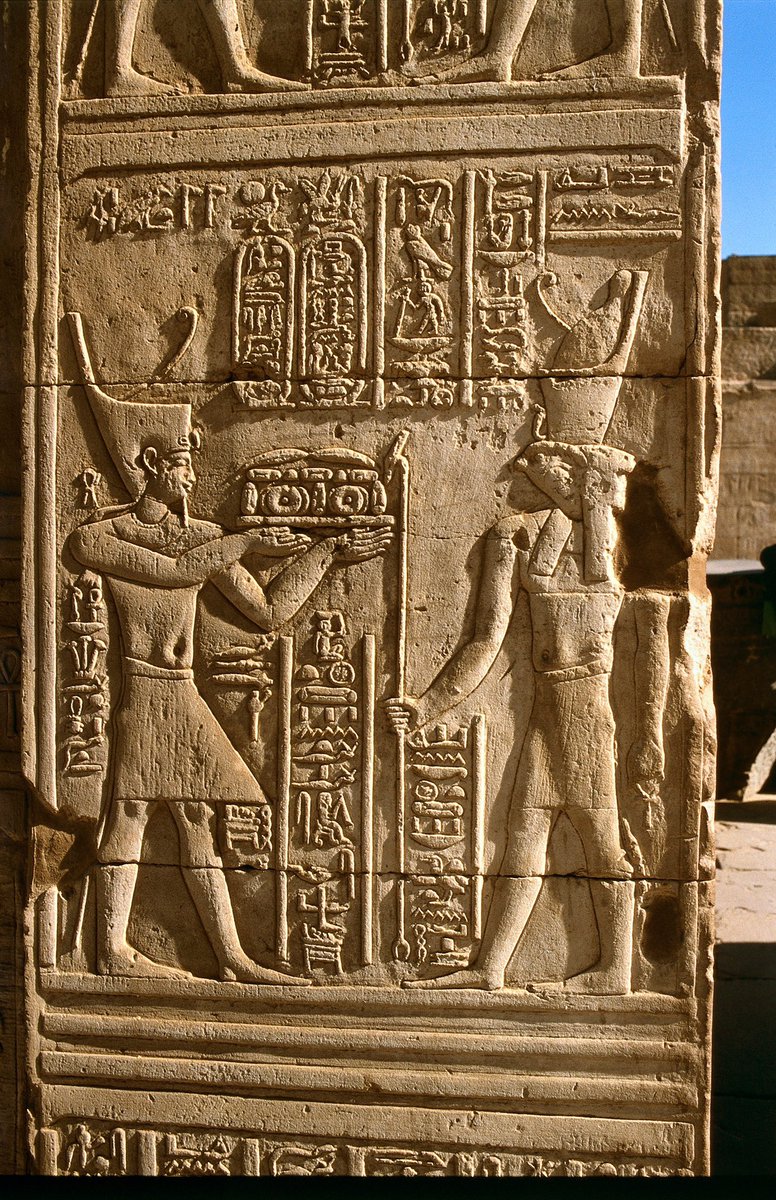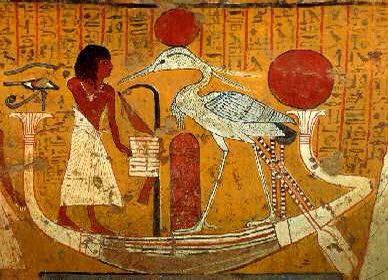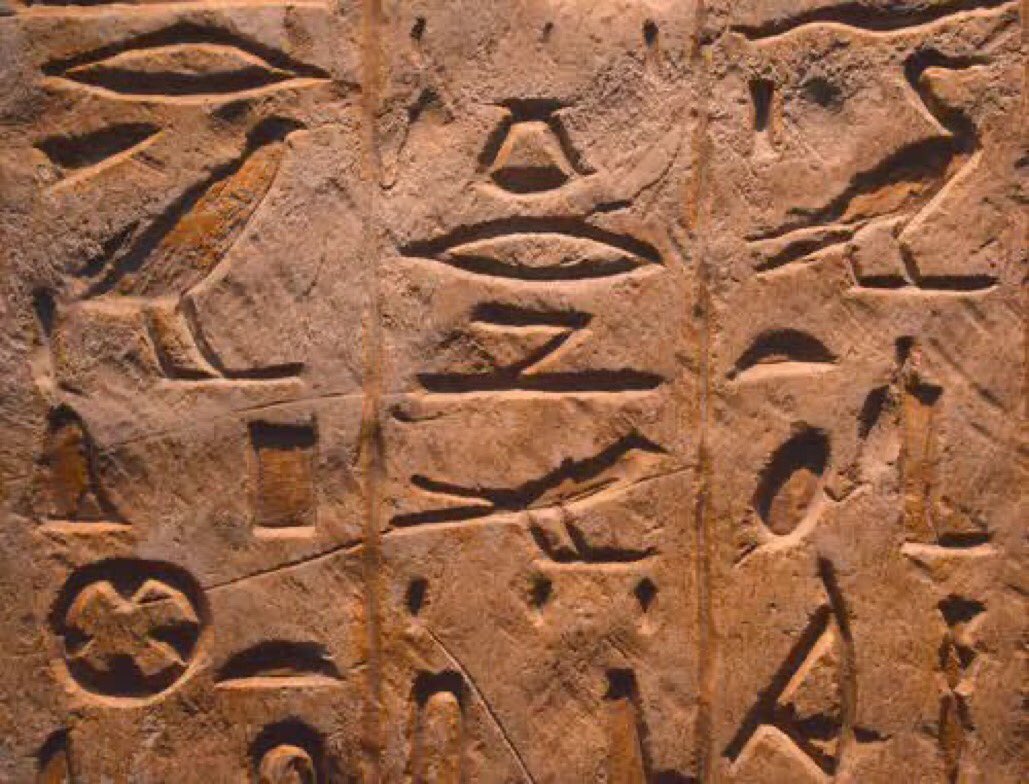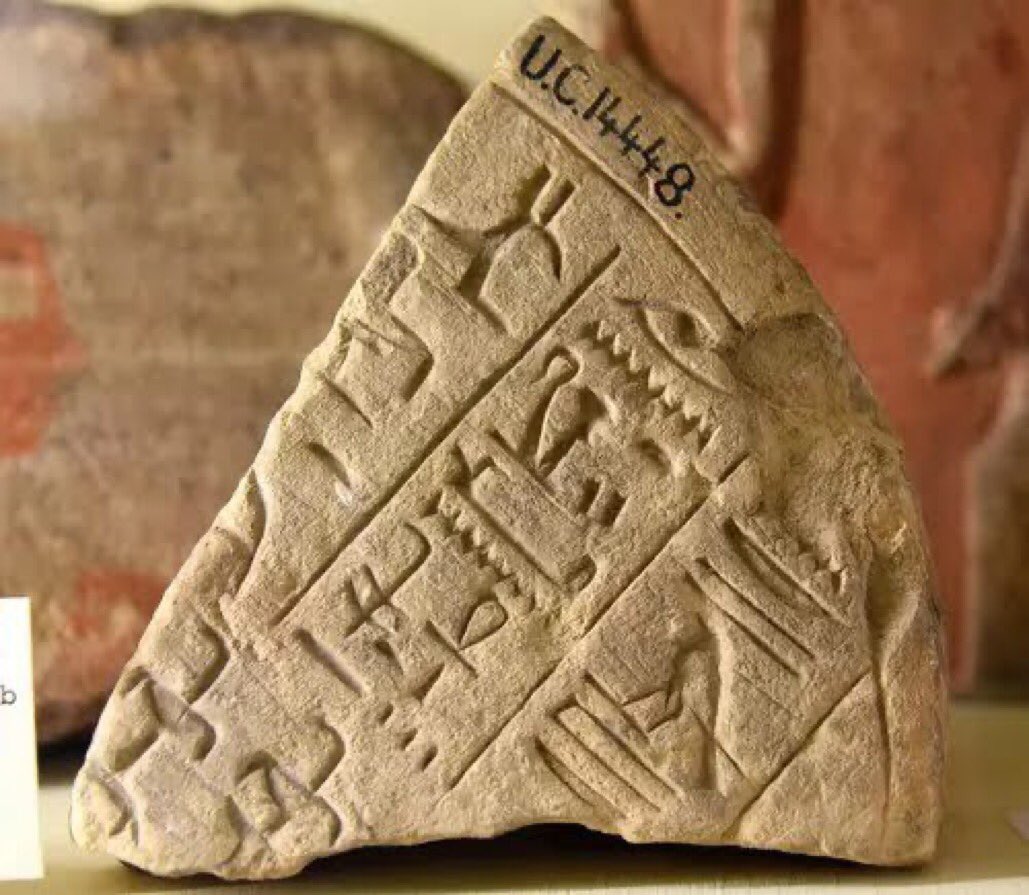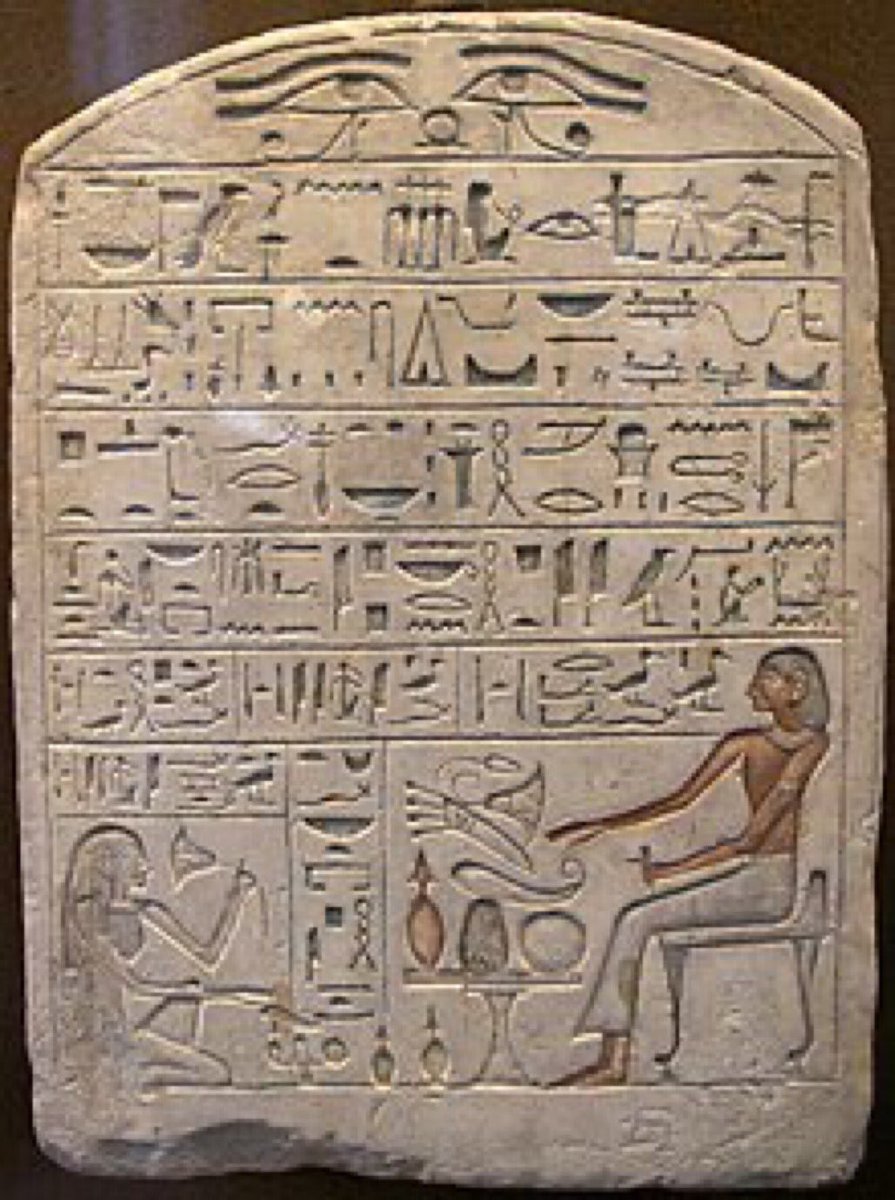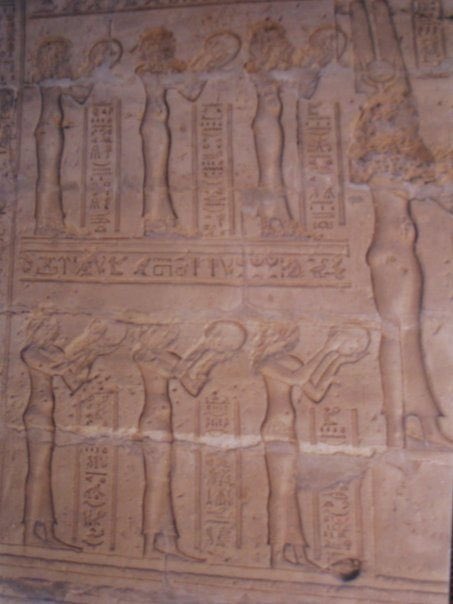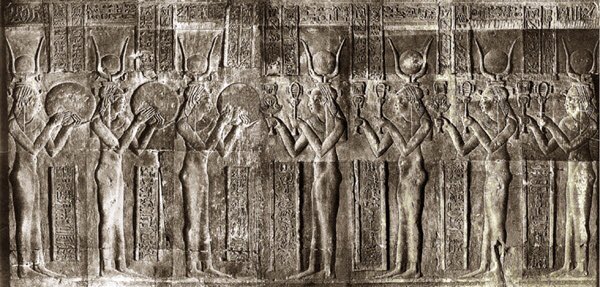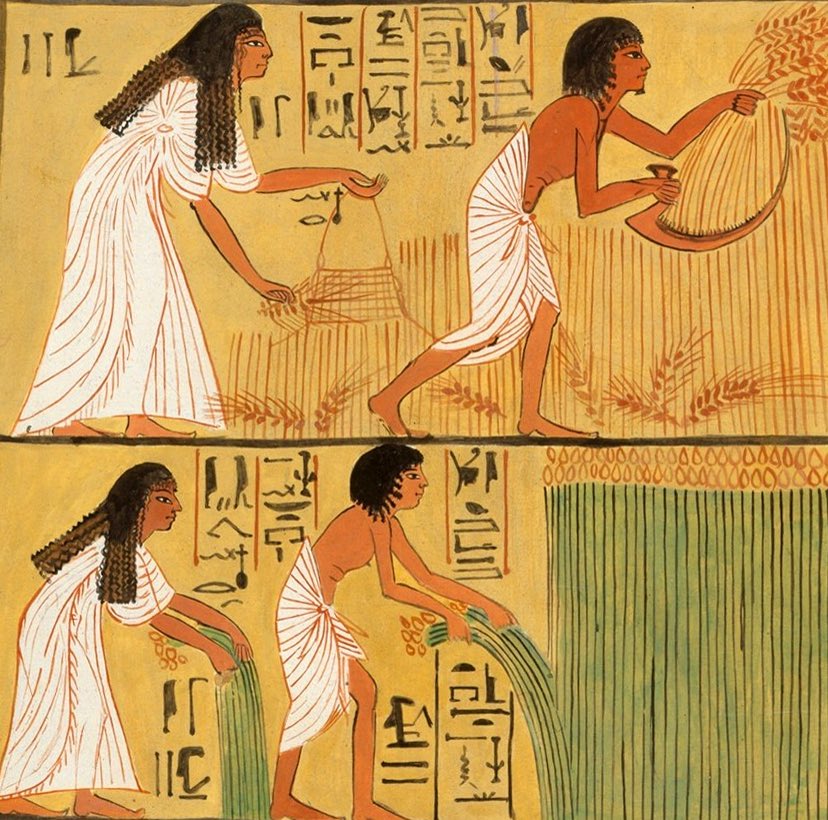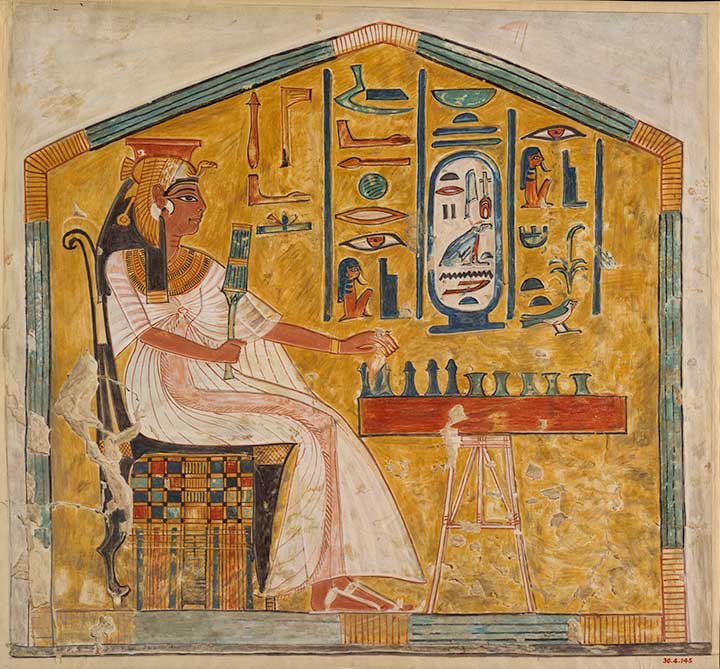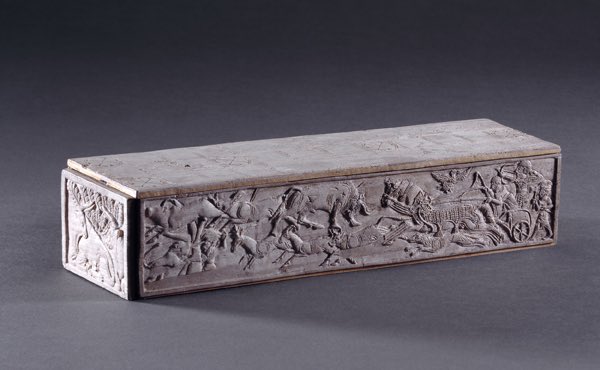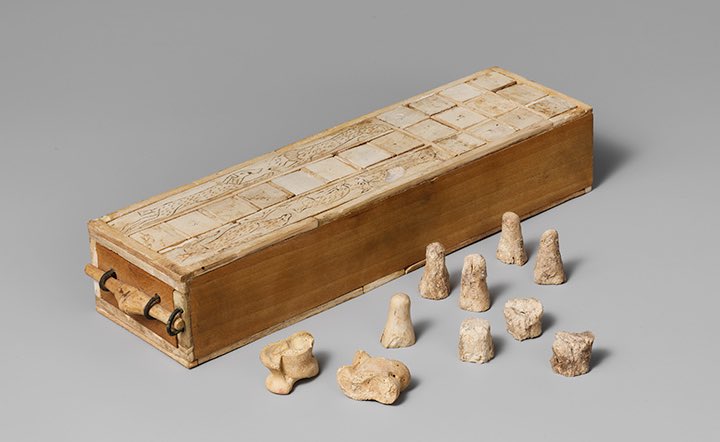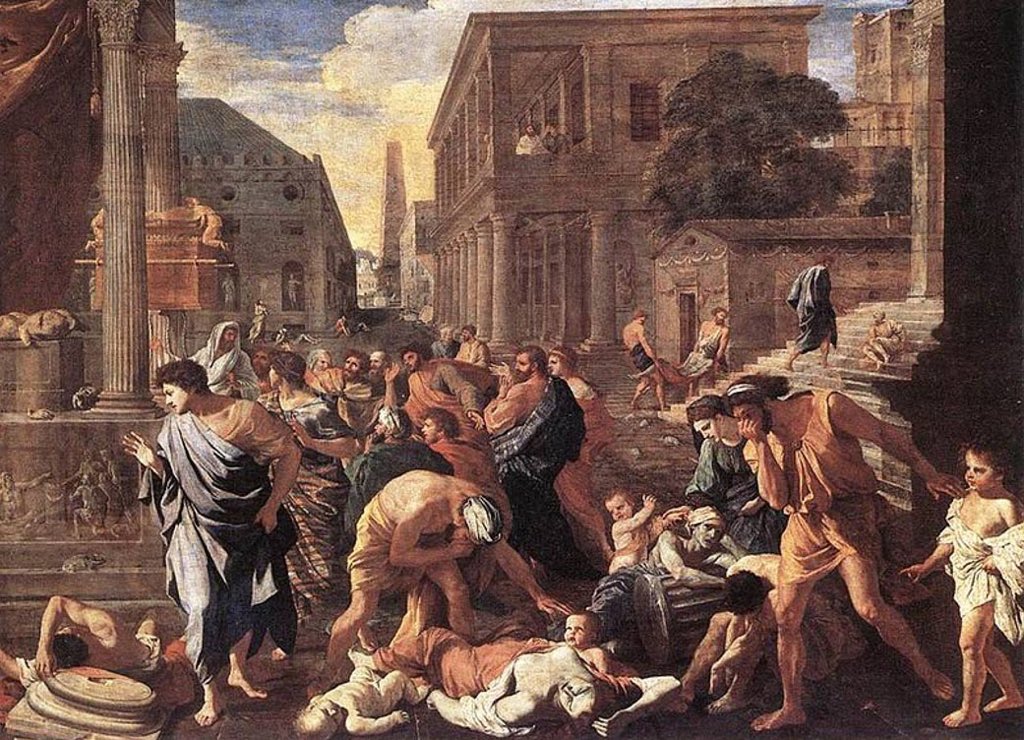
For the Ancient Egyptians, color was an important part of their life, it symbolized the nature of the beings they depicted. The Egyptian word for color, IWN (iwen) also translates as character, disposition and nature. Thus, color was intimately linked to the essence of being. 


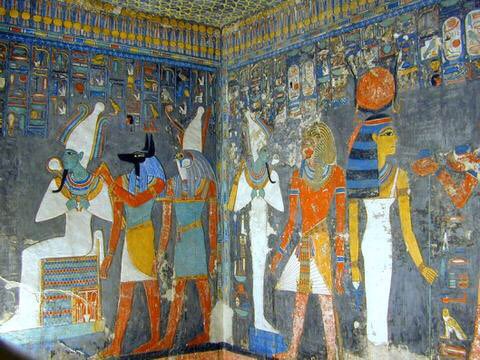
The Egyptian artist had 6 main colors in the palette: green, red, blue, yellow, white and black. They were usually obtained from mineral compounds, and prepared with a mixture of pigments acquired by grinding colored earth with the addition of water, rubber latex and egg’s white. 

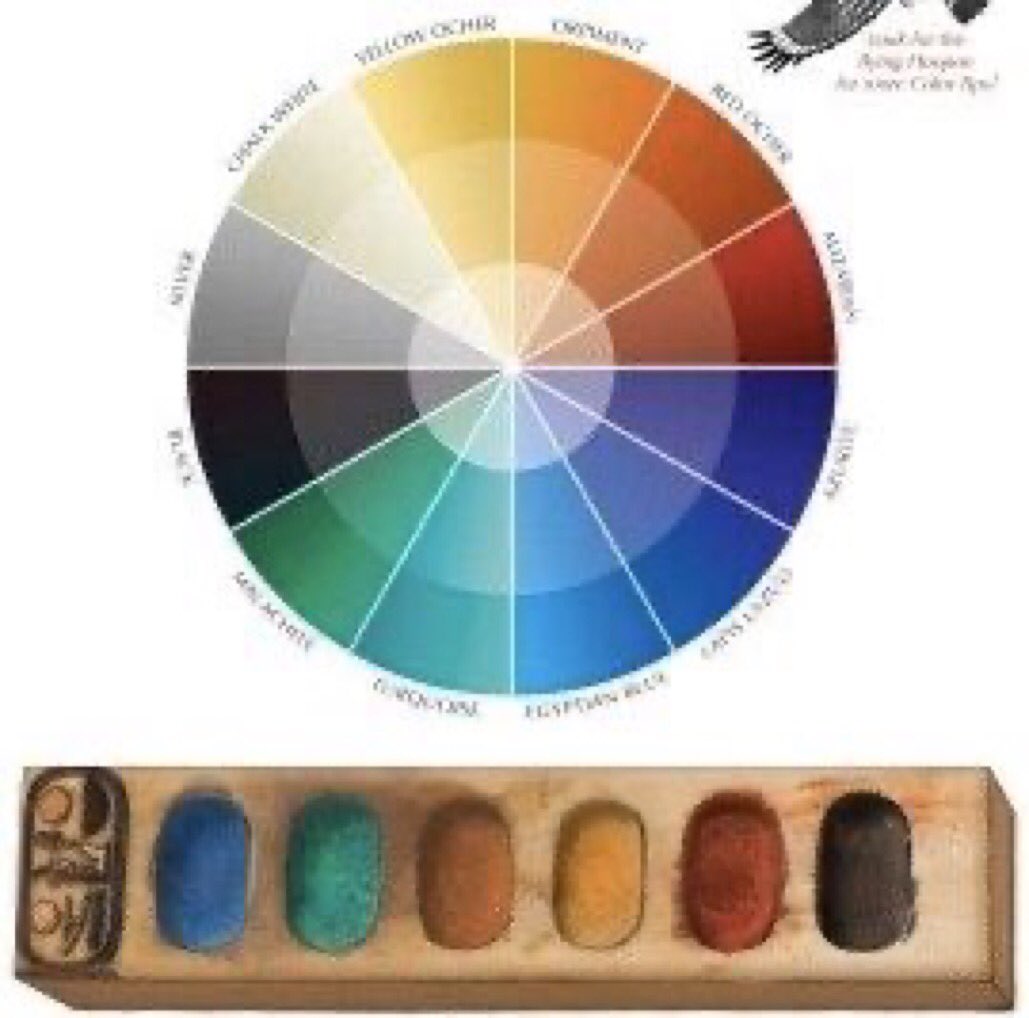
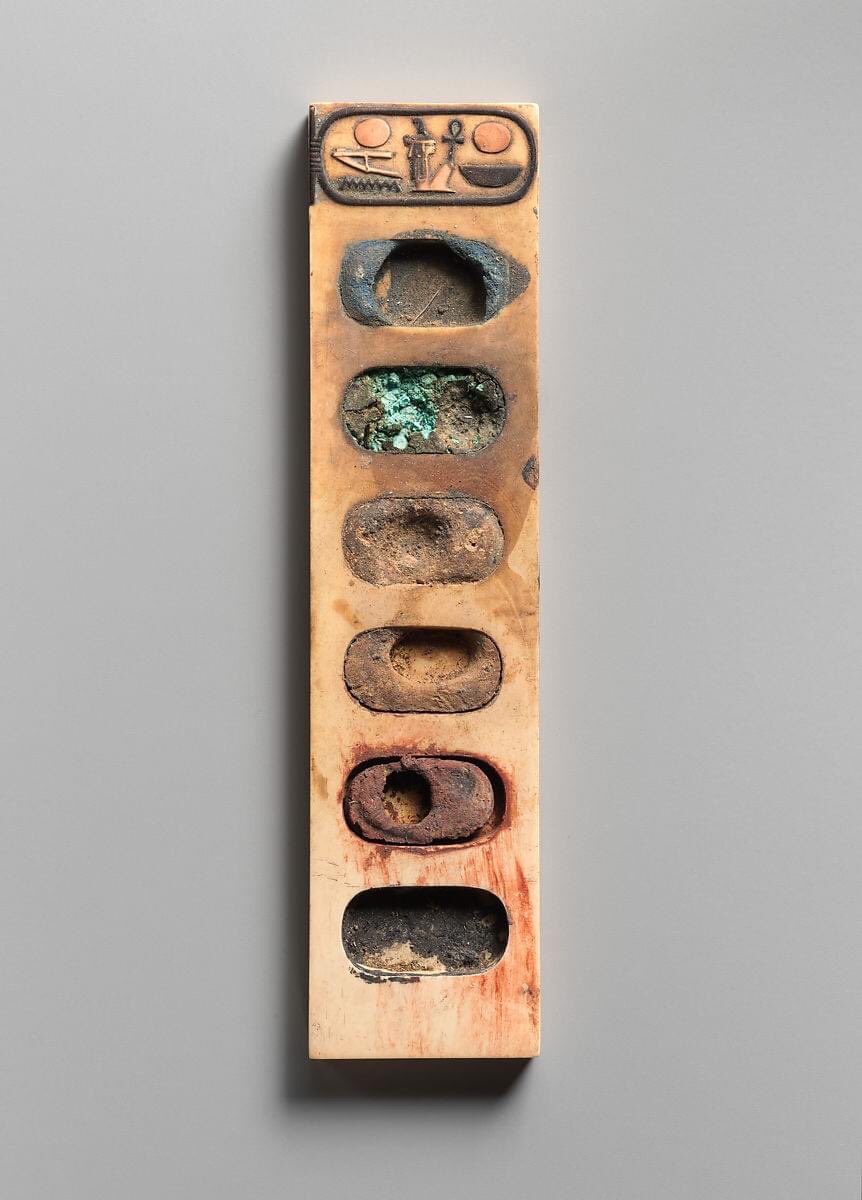
The mineral compounds used have allowed some of the colors to remain vibrant and beautiful for thousands of years. Colors weren’t used randomly, they conveyed meaning. Truly, wasn’t just the value or scarcity of the materials that mattered, but their symbolic meaning. 

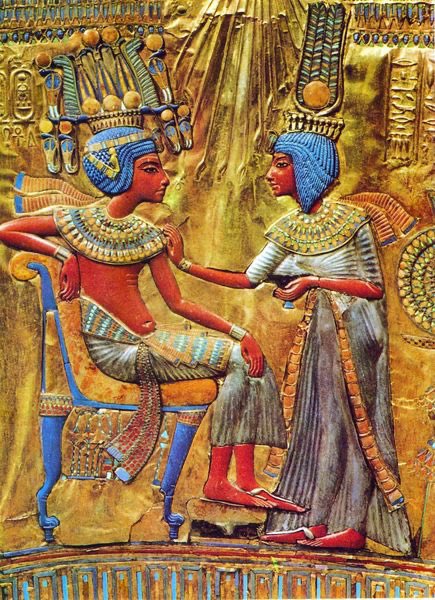
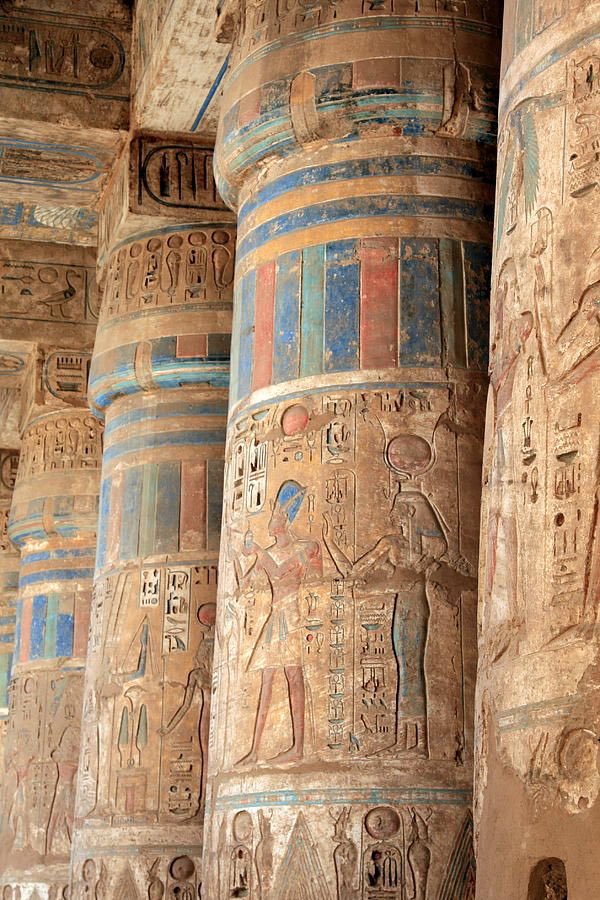
Green (Wadj) was obtained from malachite, the word Wadj also means to flourish or to be healthy. Earth and fertility gods, Geb and Osiris, are depicted with green skin, reflecting their power to grow vegetation and power of resurrection. Wadj, was also associated with Hathor. 


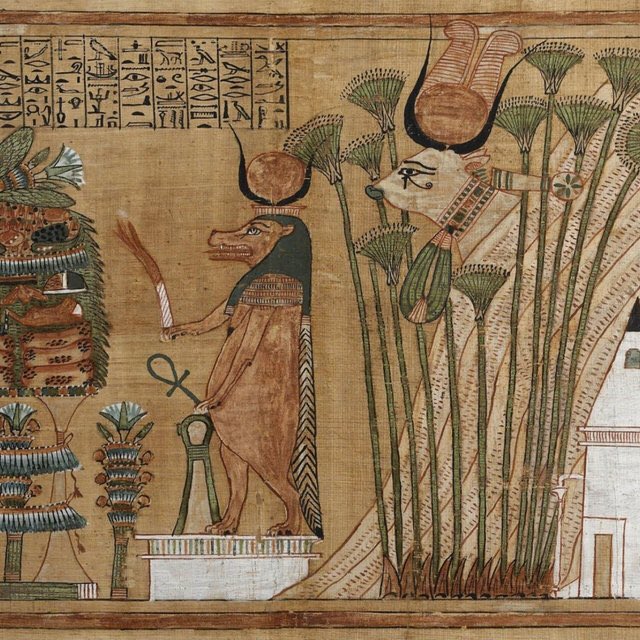
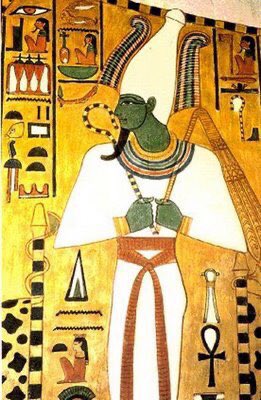
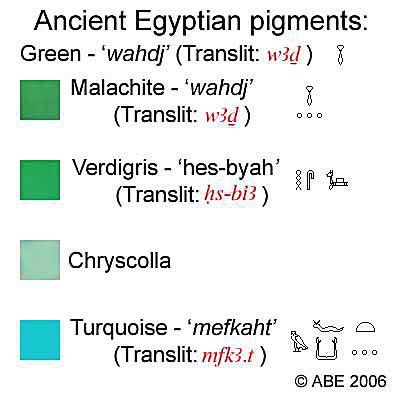
Red (Deshr) was the color of life and victory. It was obtained from Jasper or red ocre. Men were generally depicted with red skin, reflecting their vitality. Deshr was associated with Ra. Lector priests wrote important phrases, described evil, and recorded unlucky days in red. 


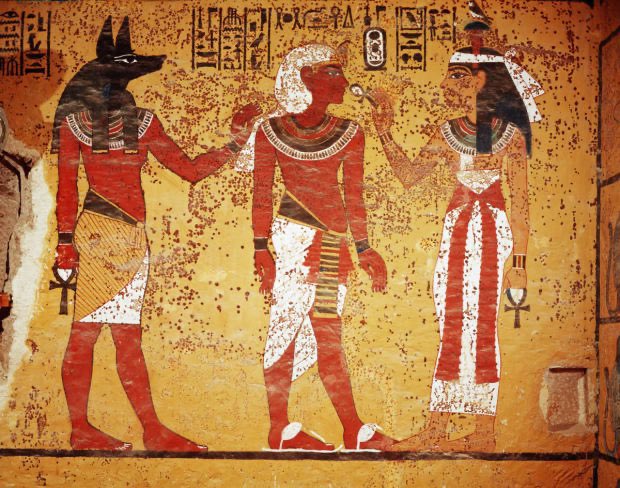

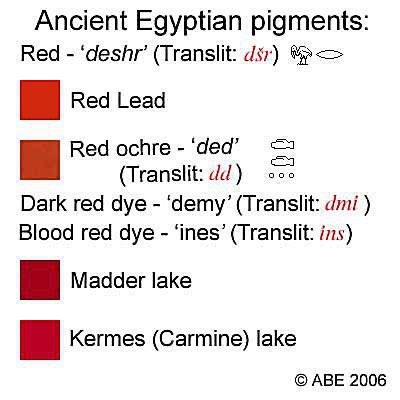
Yellow, Khenet represented eternity and immortality. It was thought that the skin of the gods was made of gold, thus many of their statues were made of gold, covered or painted with gold. Egyptians made yellow pigments like ochre and massicot. Women were painted with yellow skin. 


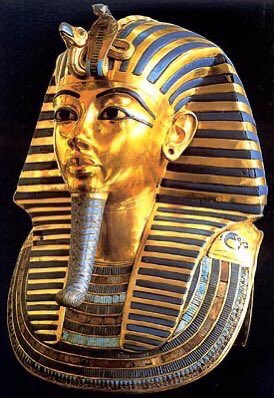
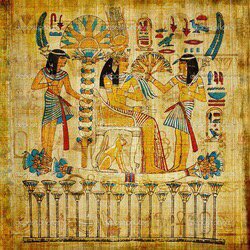
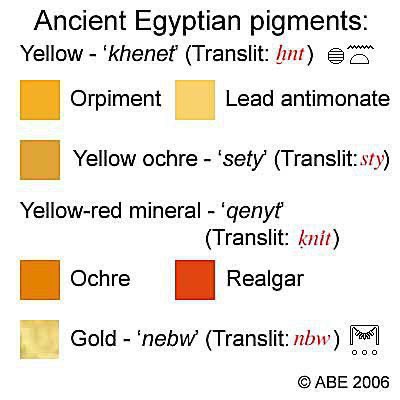
Blue (irtiu) referred to as Egyptian Blue, was made from copper and iron oxides with silica and calcium. Symbolized fertility, birth, rebirth and life. Was used to depict water and the heavens. Thoth, the eye of Horus & Bes are depicted in blue, which also symbolized protection. 


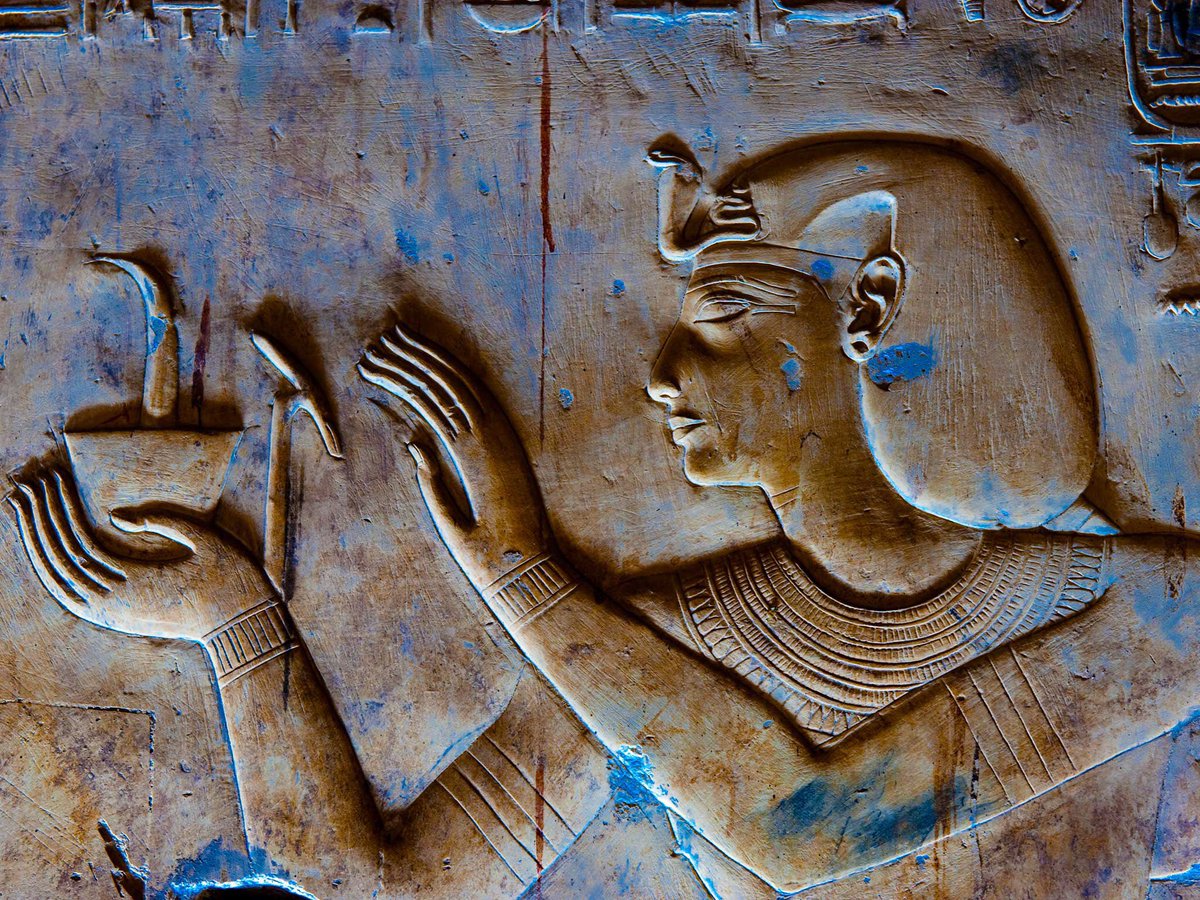
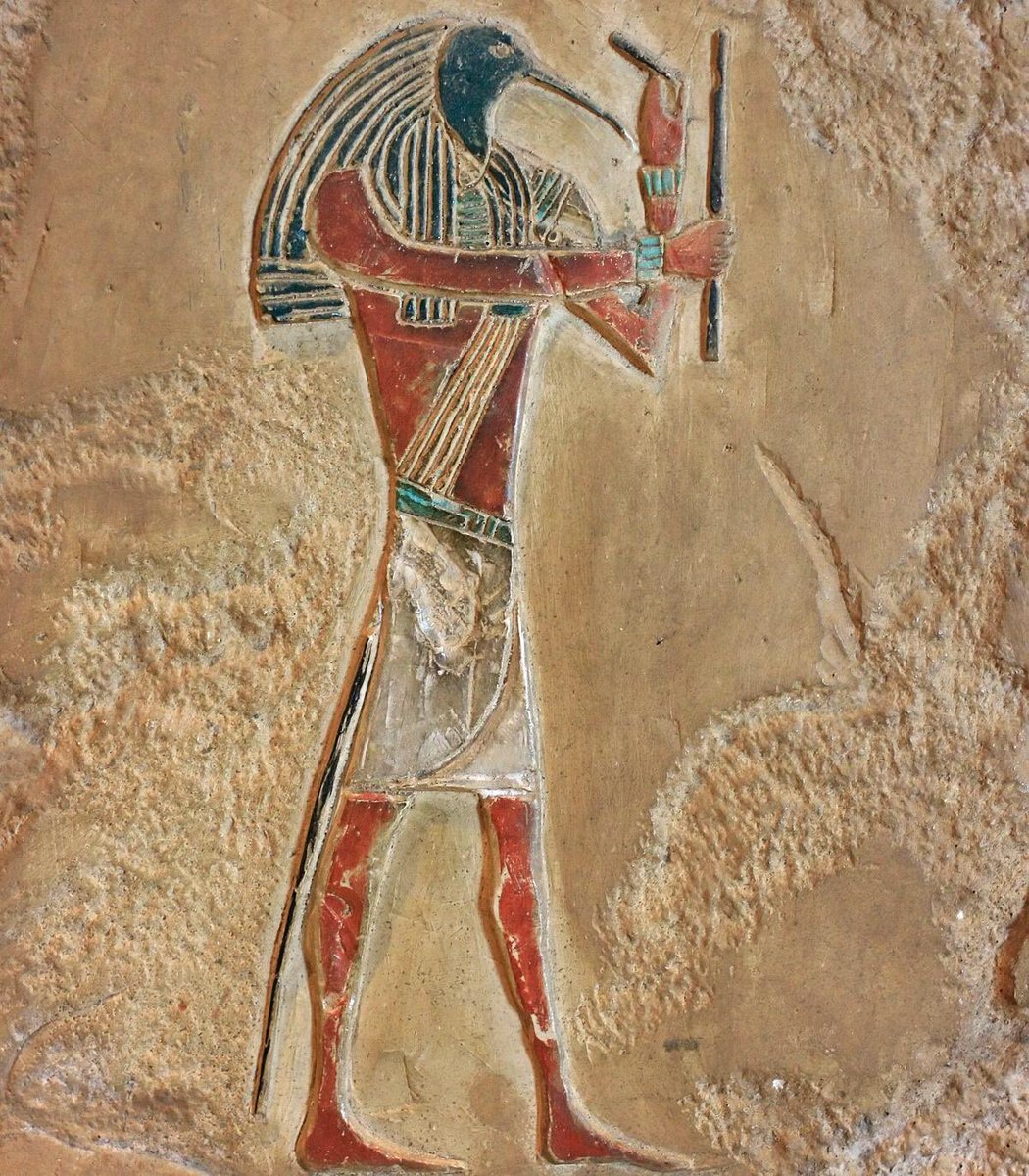
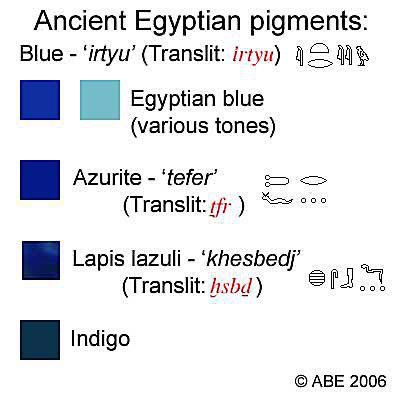
White symbolized purity and omnipotence. Hedj means white and silver. Silver was highly prized in Egypt, and fairly scarce. White was worn in religious rituals; embalming objects and tools were made of white alabaster. White paint was made from chalk or gypsum, abundant in Egypt. 


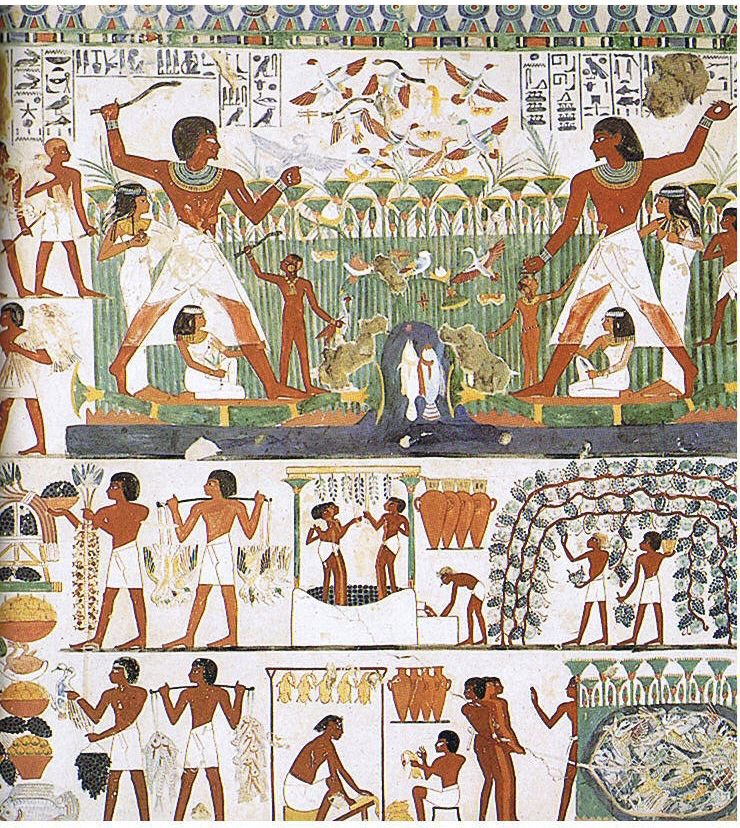
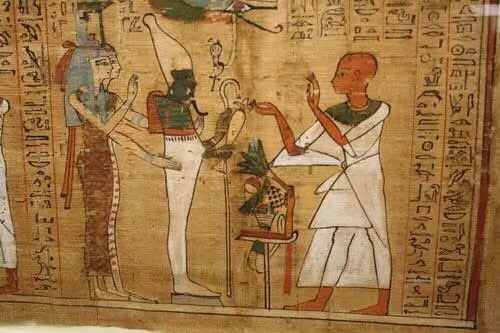
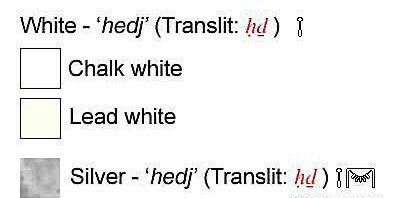
Black (Kem) represented death and chaos, but also fertility and resurrection. Egypt was known as Kemet, the black land, perhaps in reference to the black silt deposited by the Nile floods. Black was made from soot, charcoal and occasionally from an ore of manganese. 


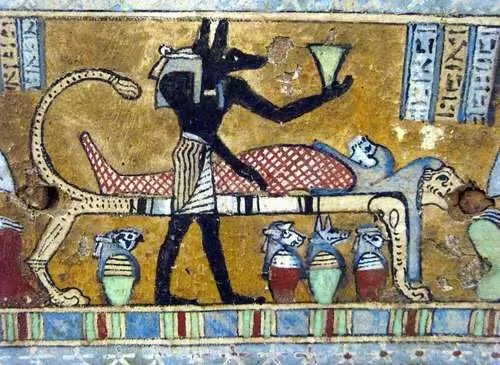
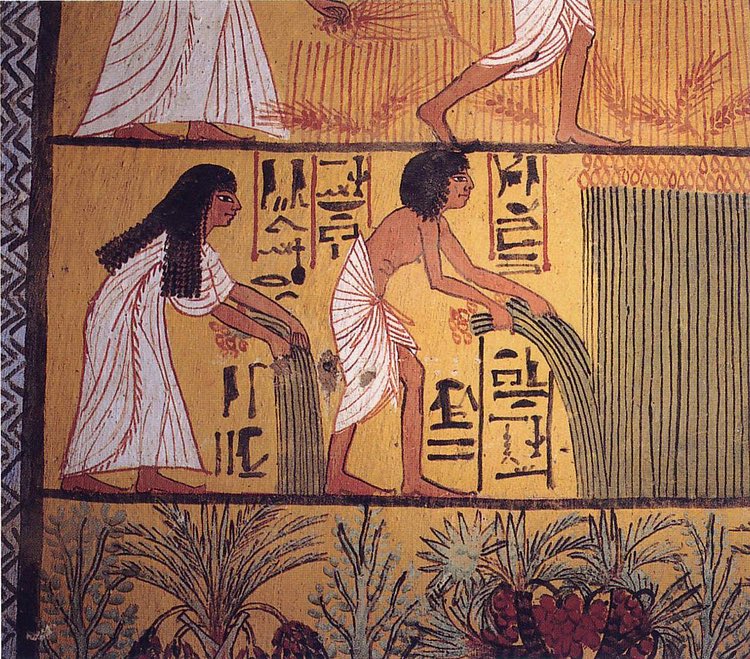
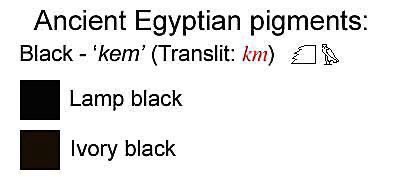
Ancient Egyptians used colors purposefully, each had different meaning. Recognizing their symbolism and why they were used, allows a greater appreciation and understanding of Egyptian art, and the message the artist was trying to convey.
R. David, Wilkinson, B. Evans



R. David, Wilkinson, B. Evans

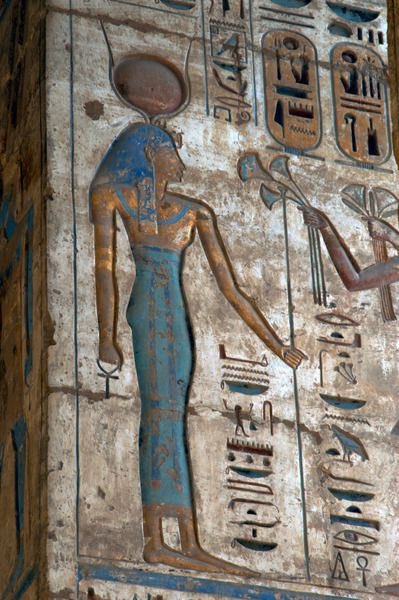
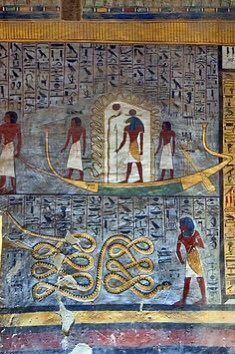
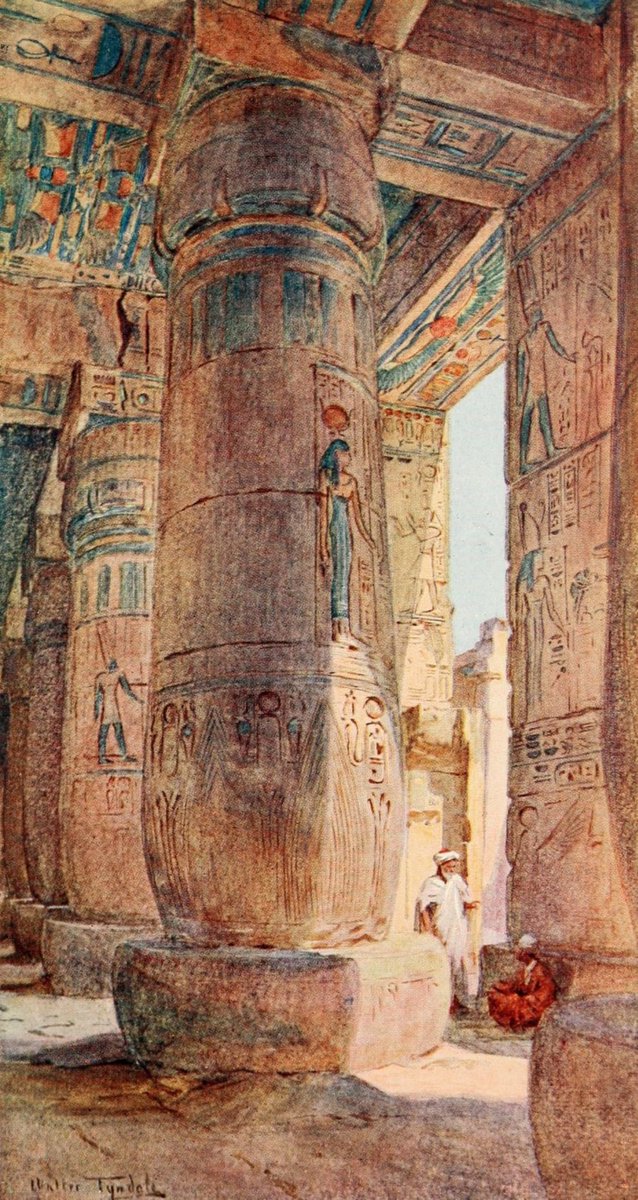
• • •
Missing some Tweet in this thread? You can try to
force a refresh




